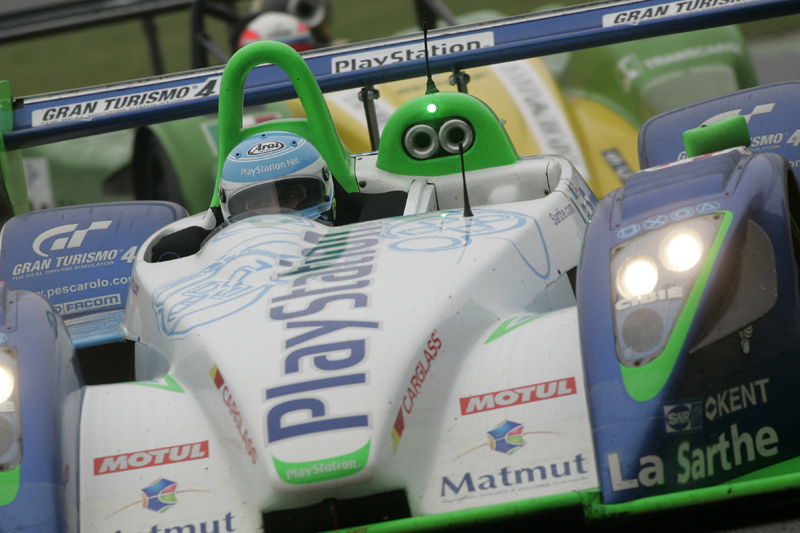Passing the time at Le Mans.
Among the dozens of mechanics, engineers, technicians and drivers who make up Corvette Racing, Melanie Correll stands out.
Not only is she is the only woman working on the pit stand, she also brings a unique and essential skill to the team as she track lap times, pit stops and penalties for 50 entries in four different classes for 24 hours during the famous race.

Among the dozens of mechanics, engineers, technicians and drivers who make up Corvette Racing, Melanie Correll stands out.
Not only is she is the only woman working on the pit stand, she also brings a unique and essential skill to the team as she track lap times, pit stops and penalties for 50 entries in four different classes for 24 hours during the famous race.
Raised in a sports car racing family, Correll joined Corvette Racing in 2000 as the team's official scorer and has been on the pit box for each of the 37 Corvette victories, including three class wins at the 24 Hours of Le Mans. This weekend she'll record every lap by every car for 24 straight hours and while mechanics catch catnaps between pit stops and drivers get a few tense hours of rest between stints, Correll will go without a break and be at her station on the pit wall.
"In 1971, the movie Le Mans came out, and I thought, 'I'm going to go there someday'," Correll recalled. "I saw the movie and was hooked.
"My father was an SCCA racer, and I timed for him when I was a kid. My parents taught me how to do a lap chart to keep me from getting bored at the races. That was in 1969, when we used paper, pencils and a stopwatch with a sweep second hand."
The equipment may have changed, but the need for accuracy hasn't and Correll now tracks each entry with a dedicated computer program, adding value by spotting trends emerging from the controlled chaos of an endurance race.
"My job has evolved," she noted. "It's gone beyond keeping track of drivers and positions; now my job is to look for trends and to make sure that the official timing and scoring is accurate. Even though the race officials have their own scoring computers and timing transponders, occasionally there are problems. Mistakes happen very rarely, but when they do, that's what keeps me coming back each year.
"I learned how to do timing with a sweep hand stopwatch, timing six, ten or a dozen cars with one watch. That experience gave me a sense of the passage of time that people who time with digital watches often don't have. Now the laptop allows me to multitask because it does the mundane tasks with the math while my brain thinks about what's happening in the race."
Correll has developed her own techniques to maintain her concentration throughout a race that is as much a test of endurance for team members as for racing machines.
"The older I get, the harder it is to maintain my concentration," she said. "When I was 20, I could do six 24-hour races in a year; now I'm 45 and it's harder to recover. But when the race is going along and something happens to change the picture, suddenly you've got to do some fast thinking. That's when I get the adrenaline rush.
"I eat chocolate-covered espresso beans to keep the caffeine going. My race day diet is almond butter and cheese because they give me energy and stay with me. I have one bottle of water that I make last until the morning and a second bottle of water that has to last until the end of the race. I don't drink coffee or tea because I can't go to the restroom during the race. I just eat the coffee beans!"

